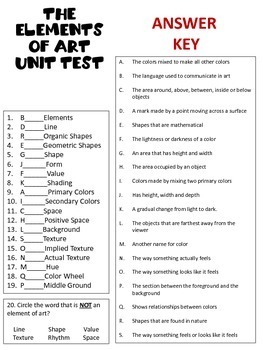

Note: If the dough is still sticky, it simply needs to be cooked longer. When the dough pulls away from the sides and clumps in the centre of the pan, remove the pan from the heat and allow the dough to cool enough to handle.The dough will begin to thicken until it resembles mashed potatoes. Mix all of the ingredients together and stir over low heat.1 tablespoon cream of tartar (optional for improved elasticity).Play dough is easy and cheap to make a recipe follows.

We have also built in activities where learners have to construct molecules using plasticine or play dough, to reinforce the skill. It is equally important for learners to be able to interpret and draw sub-microscopic diagrams. The ability to imagine chemical events as they would happen on the sub-microscopic scale lies at the heart of understanding chemistryĪnd the importance of developing this skill cannot be overstated. Since these atoms and molecules are too small to see even with a microscope, science educationists use the adjective 'sub-microscopic' to refer to diagrams that depict entities on this scale. We have also included many diagrams of what the different classes of matter would look like at the atomic/molecular scale. For this reason, these concepts and their explanations are repeated very often throughout the chapter. 'Atom' is often confused with 'molecule' and the distinction between element and compound is also one that learners find difficult to make. One of the main challenges of this introduction (and this is true at all levels) is that learners are easily confused by the terminology. This chapter introduces the fundamental building blocks of matter and some of the important classification schemes scientists use to communicate about matter.


 0 kommentar(er)
0 kommentar(er)
